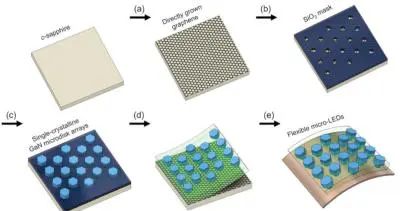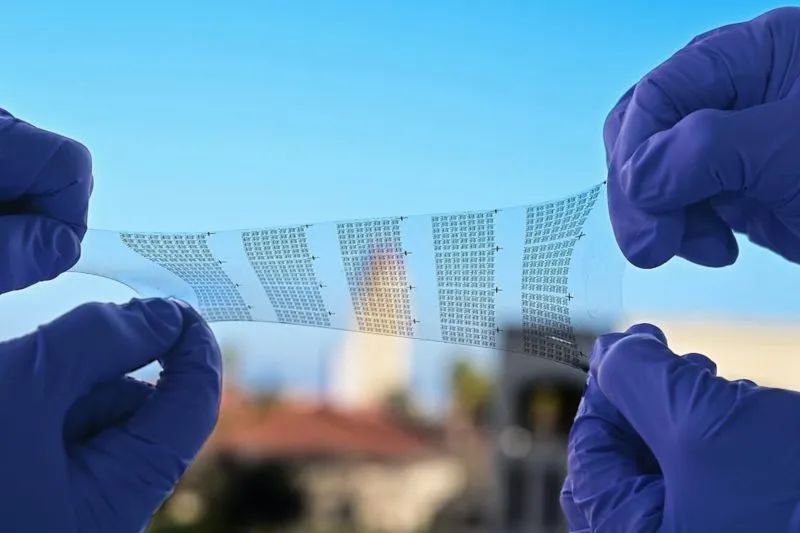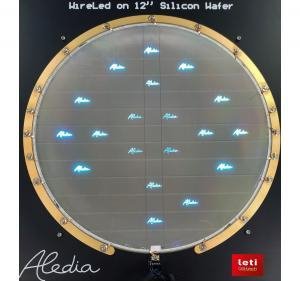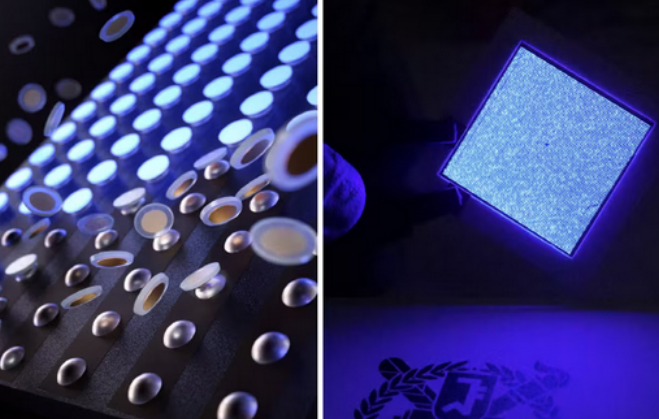Micro LED heating capacity reduced by 40%! This study is supported by Samsung
- author:
- 2023-03-25 08:47:13
According to South Korean media, Lee Guang-hyong, president of the Korea Academy of Science and Technology (KAIST), announced on the 22nd that a team led by Professor Sang-Hyun Kim of the Department of Electrical and Electronics Engineering had solved the problem of efficiency reduction under the trend of miniaturization of Micro LED devices by changing the epitaxial structure.
The KAIST research team introduced that to manufacture Micro LEDs, the epitaxial structure of gallium nitride crystals stacked on the wafer must be cut through an etching process to form pixels. The etching process is accompanied by a plasma-based process, which causes defects on the pixel side.
The smaller the pixel size and the higher the resolution, the greater the adverse impact of these defects, and the efficiency of Micro LED devices is greatly reduced. In the past, defects would be post-processed as the epitaxial structure grew, and this improvement was limited.
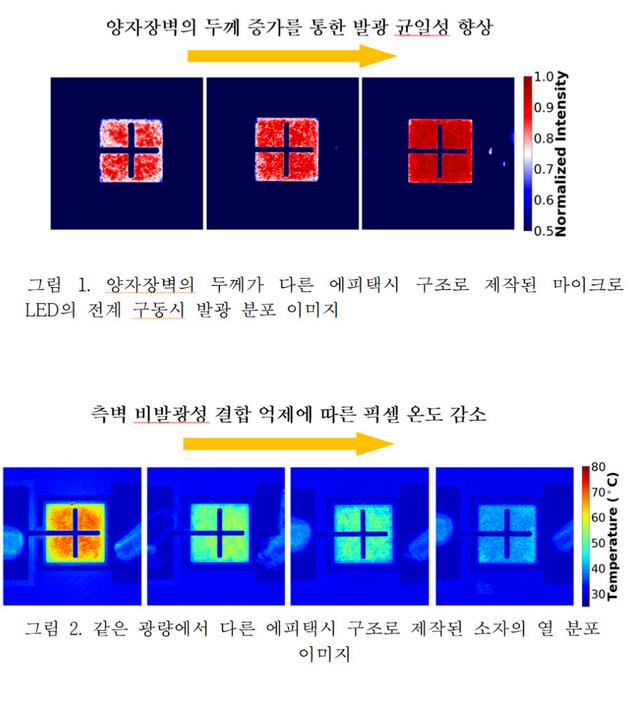
The KAIST research team re-studied the phenomenon of device efficiency decline during miniaturization. Professor Sang-Hyun Kim believes that efficiency decline is an obstacle to the miniaturization of Micro LEDs and can be solved through epitaxial structure design.
Therefore, the research team designed a structure that was completely insensitive to lateral flaws.
This structure is a method to prevent electrons from deviating to one side by adjusting the thickness of the quantum barrier. Compared with the previous structure, this structure can reduce the heat generated when driving the display by about 40%, solving the problem of miniaturization of Micro LED devices. The problem of reduced efficiency. This is of great significance for the commercialization of ultra-high resolution Micro LED displays.
It is reported that the study was published in the international journal Nature Communications on March 17.
It is worth noting that this research was conducted with the support of Samsung's Future Technology Development Center. According to experts, Display understands that KAIST also disclosed a research result supported by Samsung's Future Technology Development Center in 2022.
The result belongs to a research team led by Professor Sang-Hyun Kim from the School of Electrical and Electronic Engineering of KAIST and was announced in July 2022.
It is reported that the research result is a three-dimensional stacking method that integrates red Micro LEDs, and successfully developed a 1600 PPI equivalent Micro LED display, which can be used for AR/VR.
The monolithic 3D aggregation method researched and applied provides guidance for the development of the next generation of ultra-high resolution displays. Professor Sang-Hyun Kim said that in the future, full-color displays including red, green and blue light can be made by applying similar processes.
TAG:
Guess you want to see it
Popular information
-
Zhejiang University's micro-level Micro-LED array achievements were selected into the top ten scient
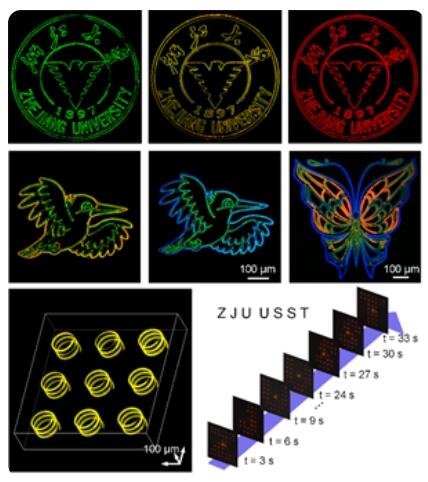
-
Many heavyweights in the academic community and industry jointly published an article on Micro LED r
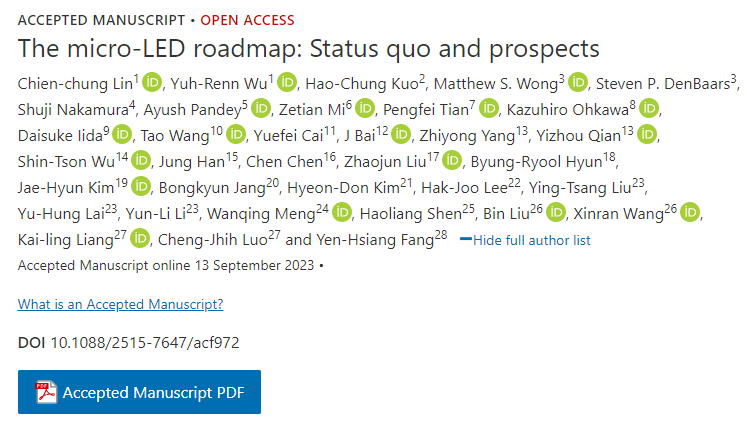
-
Micro LED Innovation Breakthrough: The future of display technology has arrived
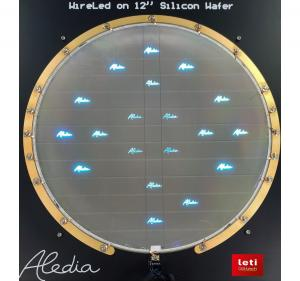
-
Or first for MicroLEDs! Fujian Institute of Paper Formosa develops efficient near-infrared quantum d

-
Researchers from the two universities collaborated to develop laminated full-color Micro LEDs
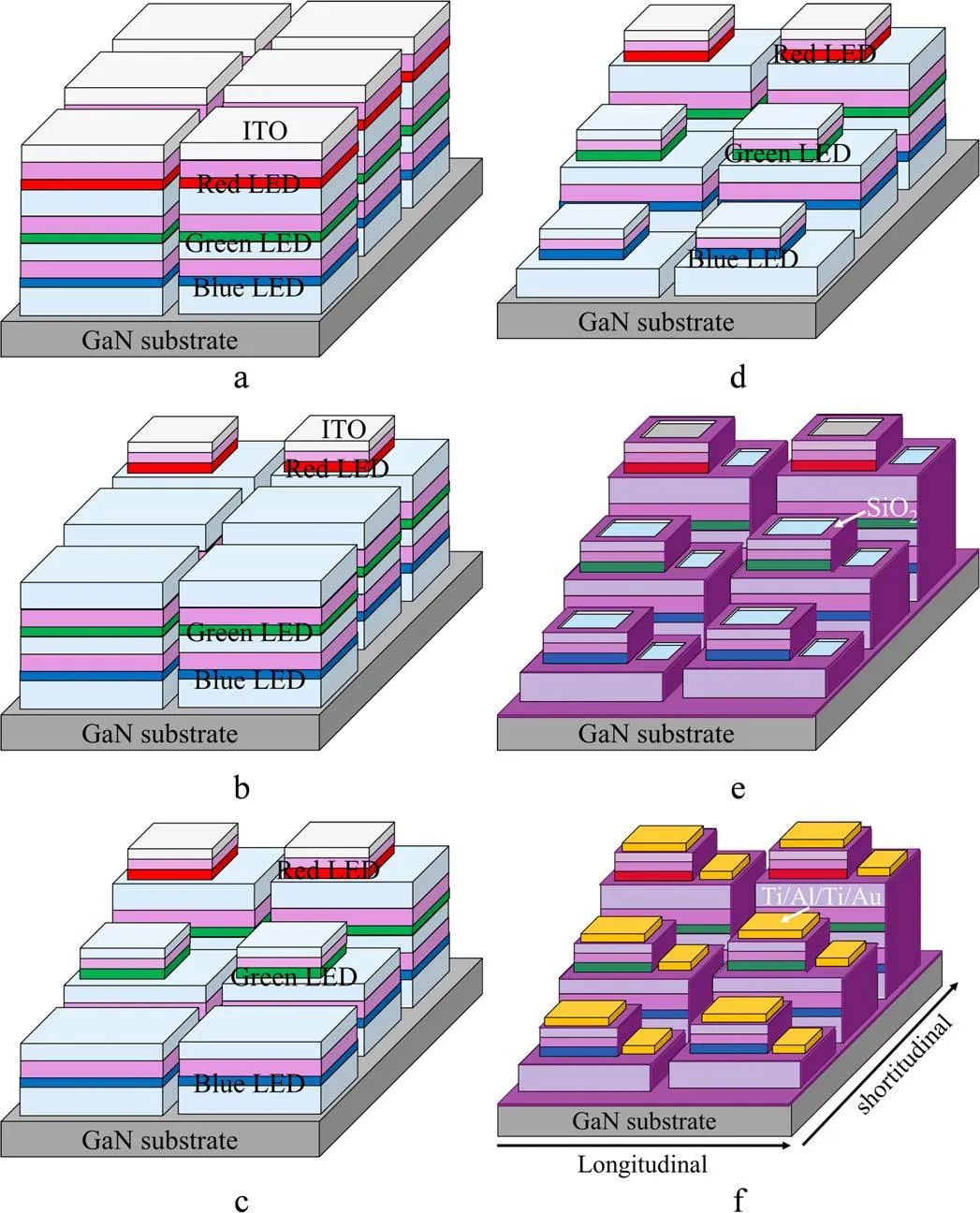
-
Red MicroLED R &D competition accelerates: Material innovation can solve the problem of luminous eff

-
The latest progress of Micro LED chips! 4 units disclosed
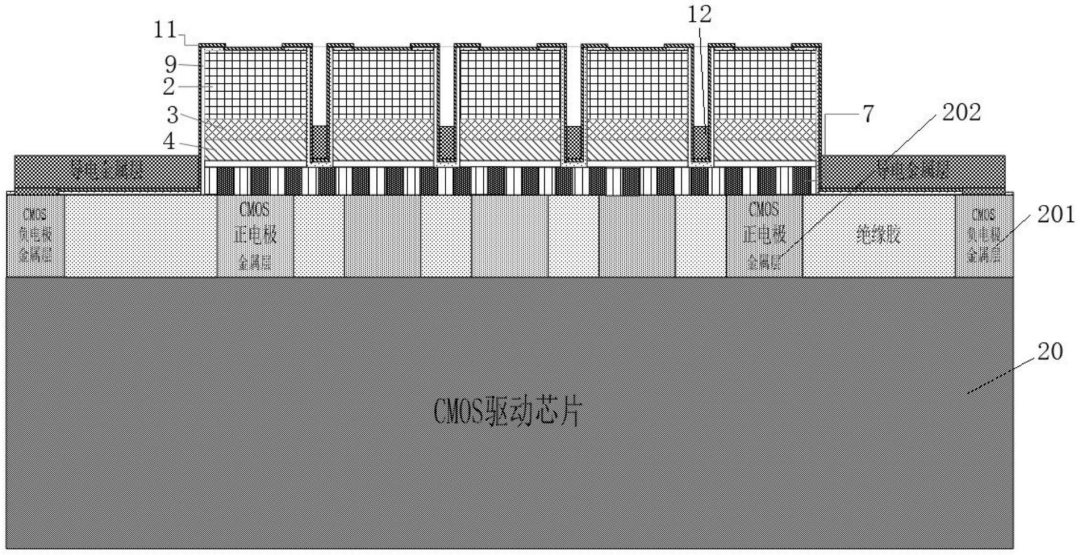
-
National Taiwan University teamed up with Yang Ming Jiao Tong University to make new progress in the
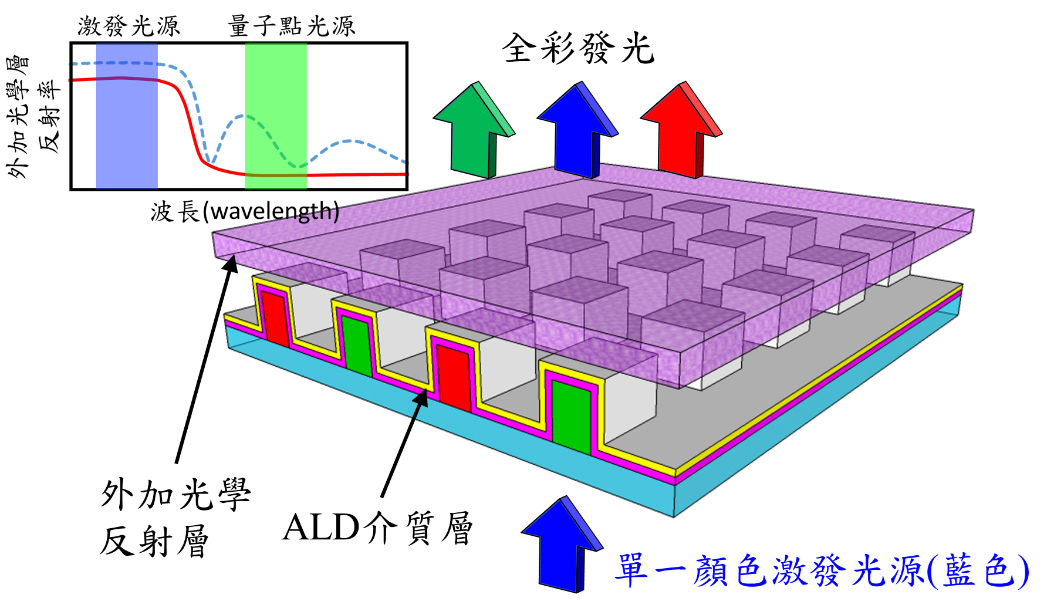
-
Analysis of the evolution path of Samsung Display XR Display's MicroLED microdisplay technology
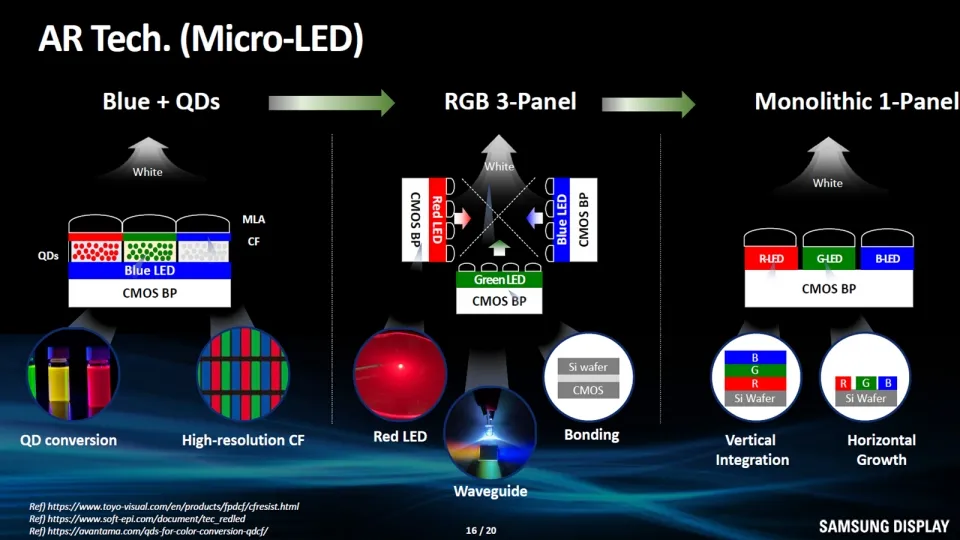
-
Red MicroLED R &D competition accelerates: Material innovation can solve the problem of luminous eff

the charts
- The best solution for AR glasses? Integrating Micro LEDs with advanced CMOS
- Red MicroLED R &D competition accelerates: Material innovation can solve the problem of luminous eff
- Micro LED heating capacity reduced by 40%! This study is supported by Samsung
- Zhejiang University's micro-level Micro-LED array achievements were selected into the top ten scient
- Red MicroLED R &D competition accelerates: Material innovation can solve the problem of luminous eff
- Analysis of huge transfer technology: How to break through the Micro LED display process problems?
- technology| Interpretation of MicroLED Technology in Mico Display Principles
- Micro LED achieves breakthrough results again
- Micro 0.4 released globally, opening a new era in the LED industry
- A team from Xiamen University designs artificial nanostructures that enhance deep ultraviolet light
